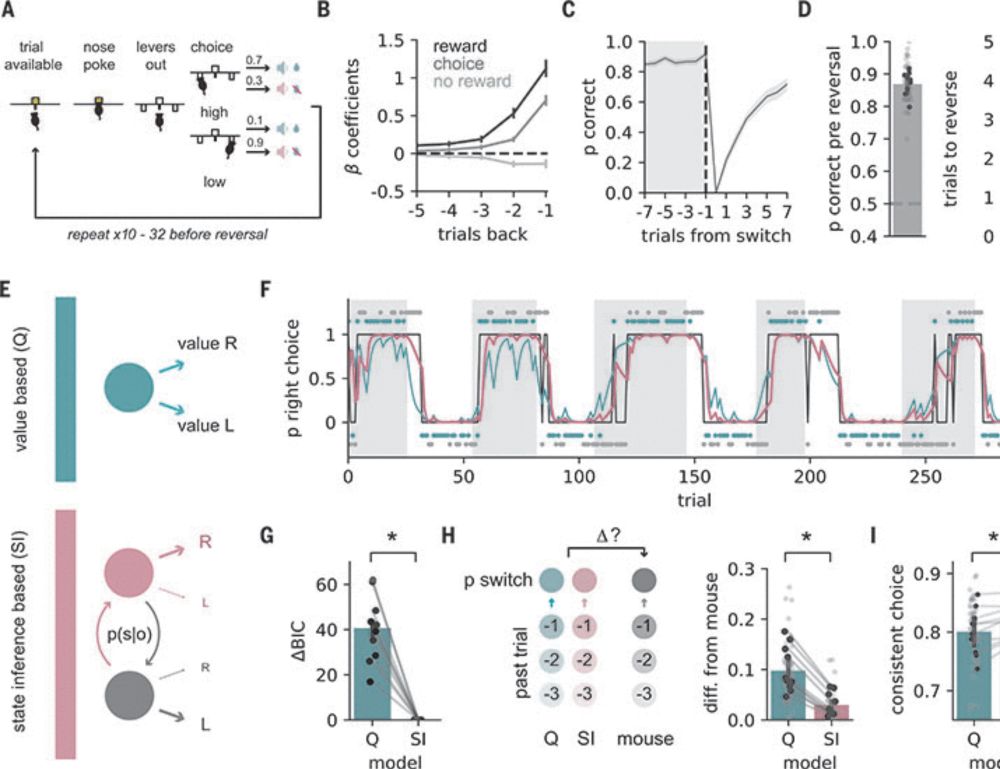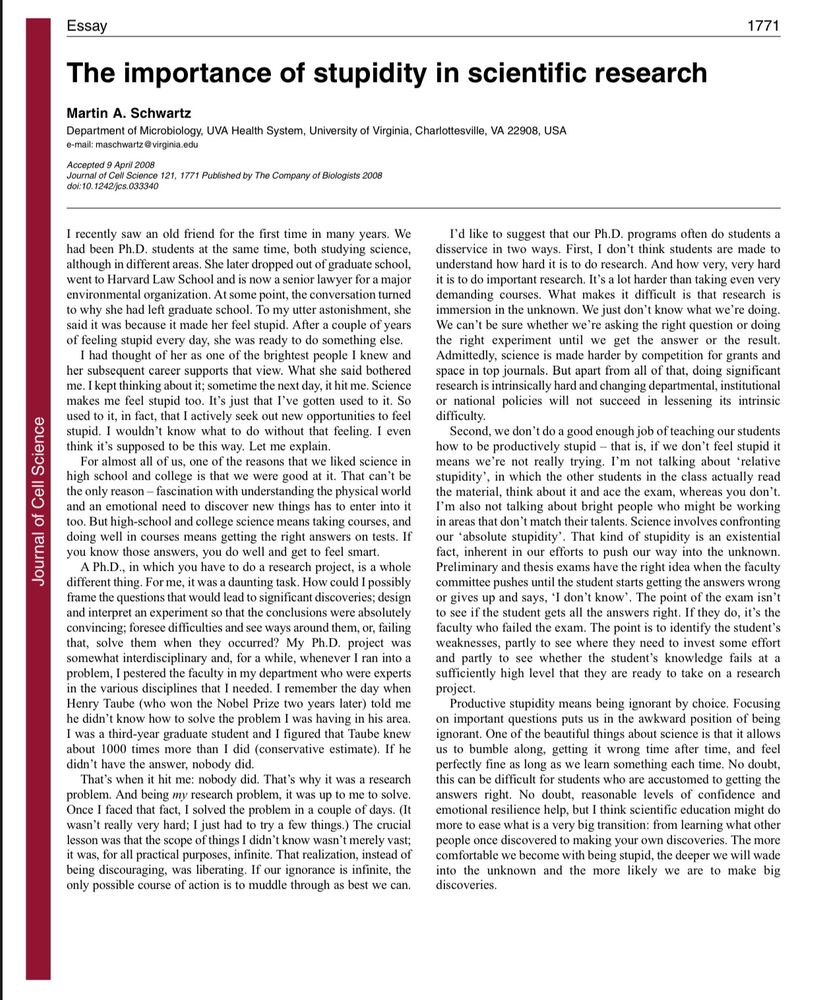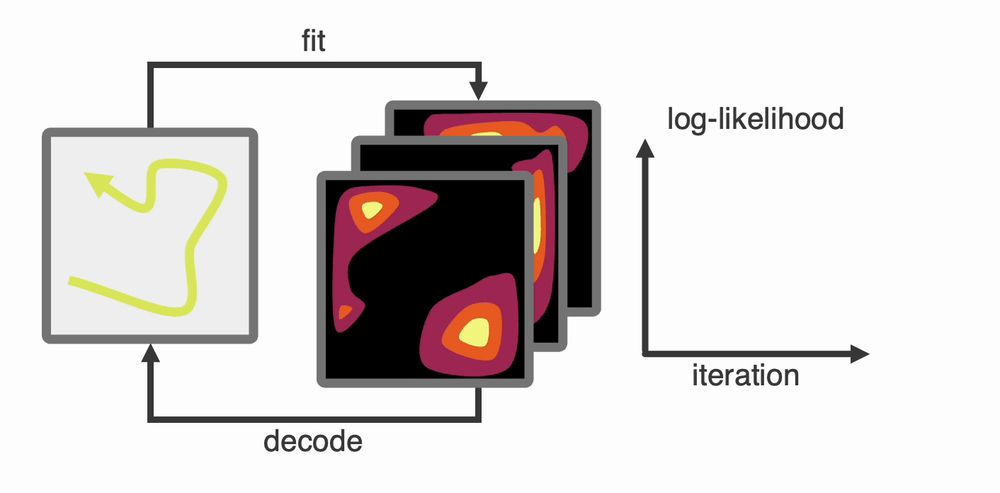Sarah Shipley
@shipleysj.bsky.social
63 followers
110 following
6 posts
Neuroscience postdoc
Barry Lab, UCL
Hippocampus, Spatial Cognition, Memory, AD
Posts
Media
Videos
Starter Packs
Pinned
Sarah Shipley
@shipleysj.bsky.social
· Nov 28

Disordered Hippocampal Reactivations Predict Spatial Memory Deficits in a Mouse Model of Alzheimer's Disease
Alzheimer's disease (AD) is characterised by progressive memory decline associated with hippocampal degeneration. However, the specific physiological mechanisms underlying hippocampal dysfunction in A...
doi.org
Reposted by Sarah Shipley
Reposted by Sarah Shipley
Tim Behrens
@behrenstimb.bsky.social
· Dec 1
Sarah Shipley
@shipleysj.bsky.social
· Nov 28
Sarah Shipley
@shipleysj.bsky.social
· Nov 28

Disordered Hippocampal Reactivations Predict Spatial Memory Deficits in a Mouse Model of Alzheimer's Disease
Alzheimer's disease (AD) is characterised by progressive memory decline associated with hippocampal degeneration. However, the specific physiological mechanisms underlying hippocampal dysfunction in A...
doi.org
Reposted by Sarah Shipley
Caswell Barry
@caswell.bsky.social
· Nov 26

Unifying Subicular Function: A Predictive Map Approach
The successor representation has emerged as a powerful model for understanding mammalian navigation and memory; explaining the spatial coding properties of hippocampal place cells and entorhinal grid ...
www.biorxiv.org
Reposted by Sarah Shipley
Andrew MacAskill
@macaskillaf.bsky.social
· Nov 22

Hidden state inference requires abstract contextual representations in the ventral hippocampus
The ability to use subjective, latent contextual representations to influence decision-making is crucial for everyday life. The hippocampus is hypothesized to bind together otherwise abstract combinat...
www.science.org
Reposted by Sarah Shipley





